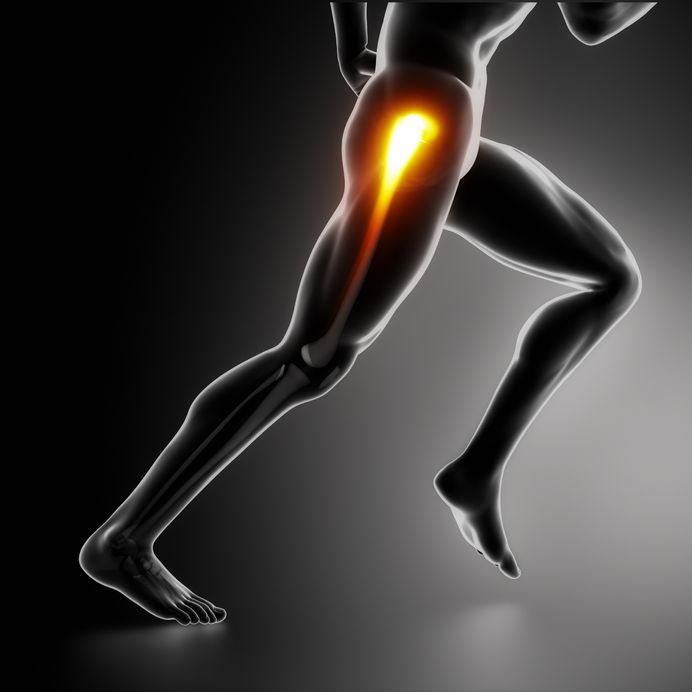This test is run by .
Note that your final mark will not be saved in the system.
Note that your final mark will not be saved in the system.
A4–A5 Responses, Adaptations and Additional Factors Typeit
Target Level
Pass
Running Total
0
0%
Attempt
1 of 3
Type the correct answers into the spaces. Fill all the spaces before clicking ‘Check Answers!’

The responses and adaptations of the skeletal system during and after exercise often go unnoticed. Unlike the visible increase in muscle size observed after resistance training or the tangible effects such as heightened breathing rate and reduced perception of effort seen in the respiratory and cardiovascular systems, the changes within the skeletal system are less apparent. Perhaps the relatively low occurrence of injuries associated with exercise should receive more recognition, owing to the responses and adaptations occurring within the skeletal system. Let's delve into these aspects below.
- The increase of forces through the skeletal system during exercises prompts an increase in uptake by the bones, notably calcium. This fosters an increase in bone , thereby minimising the risk of .
- Increased strength enhances the stability around the joints, allowing them to withstand increased tension. Consequently, a careful increase in force can be applied during sports activities. Moreover, the individual stands to gain enhanced , facilitating a broader range of motion during physical activities.
- Increased bone strength – The accumulation of deposits in the bones progressively improves bone strength, increasing their ability to withstand substantial forces and physical impact over time.